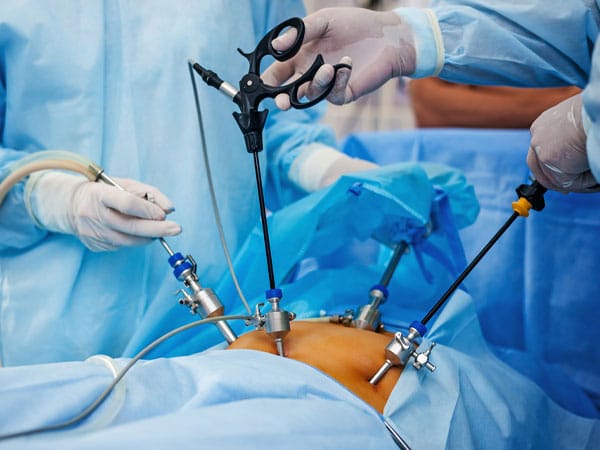10 kidney cancer facts
Here are ten facts about kidney cancer.
1. Kidney cancer – includes cancers of the outer kidney (90%; cortex and medulla), inner kidney (5%; pelvis, drainage system) and the ureter (5%). Most outer kidney cancers are adenocarcinomas (or renal cell carcinomas, RCCs). Most inner kidney and ureter cancers are transitional cell carcinomas (TCCs). Other types include Wilms’ tumour (mainly affecting children), and renal sarcoma.
2. Epidemiology – kidney cancer is the 7th most common cancer in the UK, accounting for up to 4% of all new cancer cases. It is twice as common in men than women; and more common in white people than Black and Asian ethnic groups.
The average age at diagnosis for people with kidney cancer is about 65 years, and most people are diagnosed between the ages of 65 and 75. Kidney cancer is not common in people younger than age 45.
3. Causes of kidney cancer – is unknown, but certain risk factors can increase the likelihood of developing the disease. These include smoking, obesity, high blood pressure, family history of kidney cancer, occupational exposure to chemicals such as trichloroethylene, and certain genetic conditions (e.g. von Hippel Lindau (VHL) disease, hereditary papillary renal cell carcinoma, and tuberous sclerosis).
Patients who are on dialysis, especially those with a long history of acquired cystic disease, can develop papillary hyperplasia in the epithelium of the cysts that can lead to kidney cancer.
4. Symptoms – the most common symptom is macroscopic haematuria, which may appear as pink, red, or cola-coloured urine. Though many patients are now picked up with no symptoms, i.e. the cancer is found on a scan done for other reasons. Other symptoms may include back or abdominal pain, persistent fatigue (anaemia), unexplained weight loss, or a lump or mass in the abdomen.
5. Diagnosis – kidney cancer can often be diagnosed through imaging tests such as computed tomography (CT) scans, magnetic resonance imaging (MRI), or ultrasound.
Most solid kidney tumours are malignant and biopsies are not always recommended as they may be from the benign region of the tumour, resulting in a false negative diagnosis. It is recommended that the tumour is removed on detection.
6. Treatment – for kidney cancer depends on various factors, such as the stage and extent of the disease. Common treatment approaches include surgery (partial or complete removal of the affected kidney), and immunotherapy.
Laparoscopic or robotic partial nephrectomy has become the robotic kidney surgery of choice for most patients with kidney cancer (or a benign kidney tumour).

Laparoscopic surgery. The scars left are hard to see.
7. Survival – the five-year survival rate for kidney cancer varies depending on the stage at diagnosis. For localised kidney cancer (confined to the kidney), the five and ten-year survival rates are about 90% and 50%. However, if the cancer has spread to distant sites, the five-year survival rate drops to about 15%.
8. Prevention – certain lifestyle modifications can help reduce the risk of kidney cancer. These include avoiding tobacco use, maintaining a healthy weight, and exercising regularly.
9. Complications – kidney cancer can metastasise (spread) to other parts of the body, commonly affecting the lungs and bones. Liver and brain metastases are rare. Regular follow-up and surveillance are important after treatment to monitor for any signs of recurrence or metastasis.
10. Research – is ongoing to develop new and more effective treatments for kidney cancer. Advances in immunotherapy and targeted therapy have shown promising results in improving outcomes for patients with advanced or metastatic kidney cancer.
Remember, if you have any concerns or questions about kidney cancer, it is best to consult your doctor.
Summary
We have described 10 kidney cancer facts. We hope it has been helpful.
https://www.youtube.com/watch?v=gmg1p2whtto
Last Reviewed on 15 October 2023
